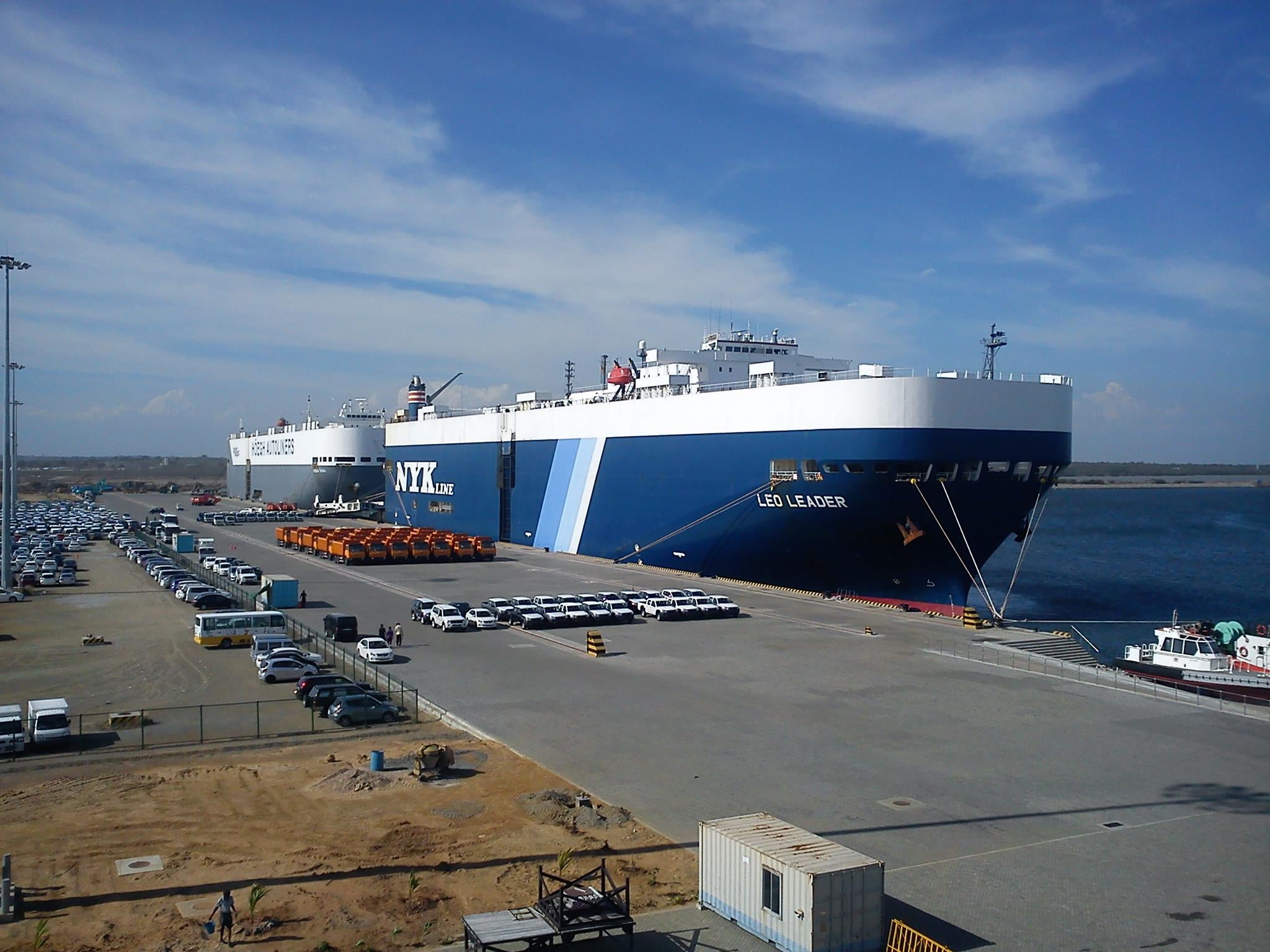
The Hambantota International Port Group (HIPG) has signed a terminal service agreement (TSA) with Japanese shipping firm Nippon Yusen Kaisha (NYK) to provide vehicle transhipment via the port.
The agreement is the first roll-on / roll-off (RORO)-specific TSA signed by NYK and a port in Sri Lanka.
NYK will provide RORO, machinery and equipment cargo to the Sri Lankan port. Then, the vehicles will be transhipped to different regions.
The Japanese company did not deliver any transhipment cargo to Sri Lanka for a period of four years.
The agreement is a result of improved facilities and features at the HIP, which include advanced equipment and zero accident policy.
The new agreement will enable the port authorities to raise the transhipment cargo volumes to the Sri Lankan port from Japan and Thailand. In the future, India is also expected to join the project.
How well do you really know your competitors?
Access the most comprehensive Company Profiles on the market, powered by GlobalData. Save hours of research. Gain competitive edge.

Thank you!
Your download email will arrive shortly
Not ready to buy yet? Download a free sample
We are confident about the unique quality of our Company Profiles. However, we want you to make the most beneficial decision for your business, so we offer a free sample that you can download by submitting the below form
By GlobalDataHIPG COO Tissa Wickramasinghe said: “This is the second TSA we signed with a Japanese shipping line and it is a testament to the efficiency levels and commercial benefits HIP can offer.
“We also hope that NYK Line Japan’s No. 1 entering into an agreement to bring transhipment cargo to HIP would encourage other Japanese shipping lines to follow suit.”
NYK Line director Sagara Peiris stated: “With our global reach, combined with the expertise and location advantage of the Hambantota International port, we can anticipate optimising business opportunities in the future.”
The Port of Hambantota is also known as the Ruhunu Magampura International Port. It is a new international ship port that is being developed in phases in Hambantota, southern Sri Lanka.
When fully operational, it will be the world’s largest port on land and will be able to handle approximately 20 million twenty-foot equivalent unit (TEUs) a year. It will also be the second-largest port operated by the Sri Lanka Ports Authority in the country, after the Port of Colombo.



